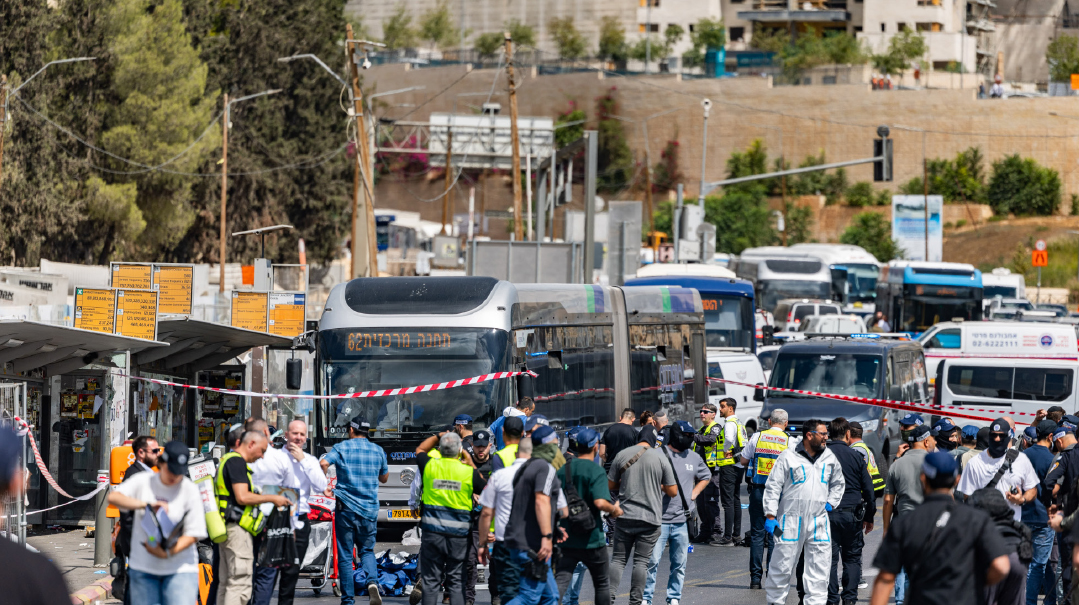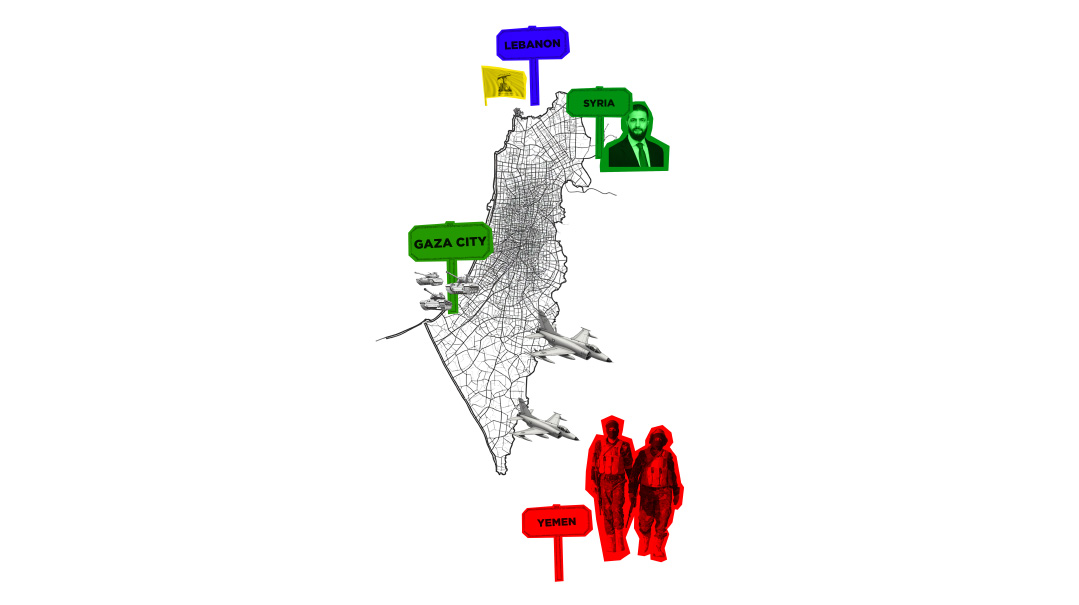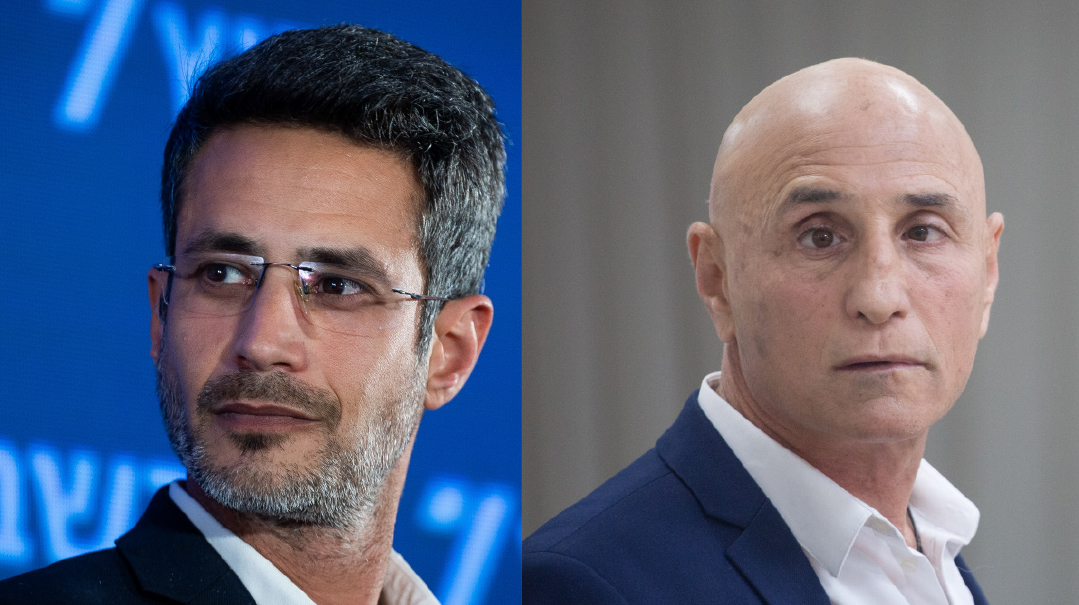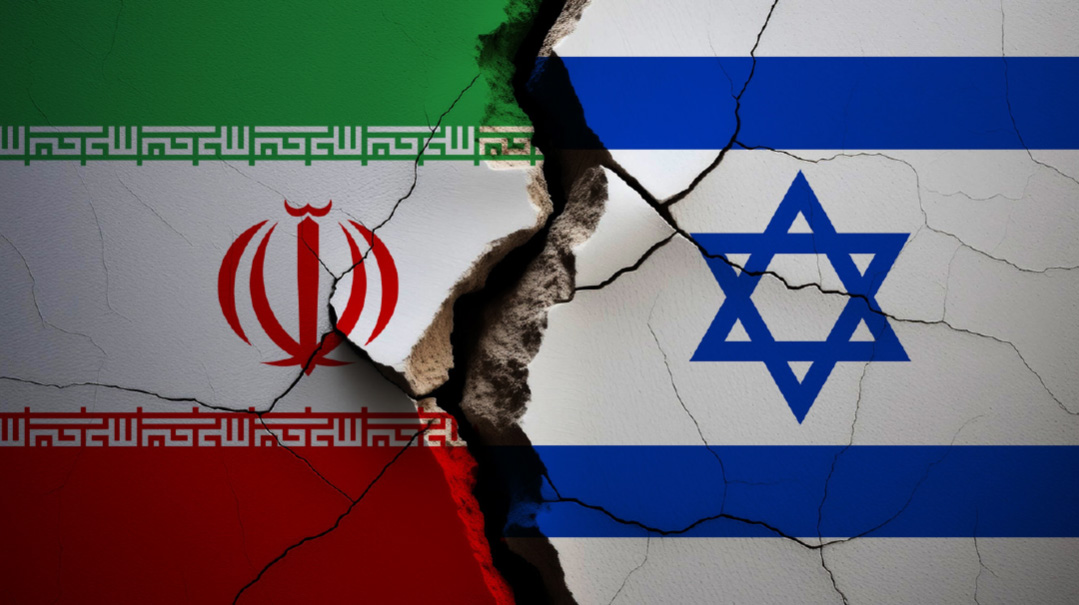Fight at the End of the Tunnel

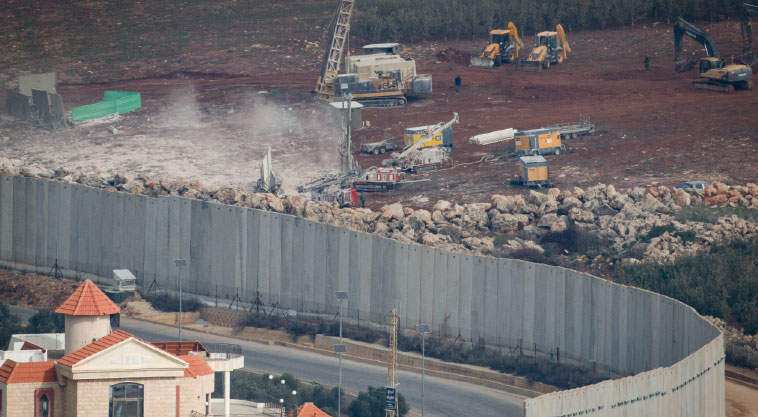
The IDF blew the lid off two more terrorist tunnels last Tuesday — but in a major surprise, it announced that these were found on Israel’s northern frontier, not on the Gaza border. This means Hezbollah has long been copying one of the most favored tactics of its erstwhile southern ally, Hamas.
After two years of preparations, the IDF launched Operation Northern Shield on the second day of Chanukah to destroy attack tunnels that Hezbollah has dug into Israeli territory. Hundreds of soldiers streamed toward the Israeli-Lebanon border, arriving in an apple orchard near the town of Misgav Am. They quickly put heavy digging equipment into action and within a few hours they hit pay dirt: the precise path of a terror tunnel penetrating several dozen meters into Israeli territory from Lebanon. The second tunnel was located on Friday. The digging has continued unabated since it began, despite the stormy weather that struck the region last week.
“When we found this tunnel, it was an amazing feeling of pride, of success, of fulfilling our mission,” says Ziv Nimni, an engineering officer in the Northern Command. “We hope to find more. The intelligence information we had was clearly accurate. The tunnel route was not yet operational.”
Although the security establishment had been aware of the tunnels for a long time (the few who knew about it met for biweekly updates), they kept this knowledge from local residents so as not to alarm them, and to maintain the element of surprise. Former defense minister Moshe Yaalon admitted last week in an interview with Army Radio that government officials had been lying for years about the tunnels.
“We did it to mislead the other side,” Yaalon said.
The Lebanese border wall that the IDF built over the past two years — at a cost of hundreds of millions of shekels — was another tactical feint. During the wall’s construction, the IDF claimed it was needed to prevent Hezbollah infiltration attempts. But the project included an additional secret feature: sensors employing passive seismic technology, able to detect underground activity along the length of the wall, and not only at specific points.
“The objective now is to locate all the tunnels that the terror organization has already succeeded in digging into Israel’s territory,” Nimni says.
The first tunnel was discovered at a depth of 25 meters between Misgav Am, Kfar Kiladi, and Metulah — Israel’s northernmost town, located on a salient into Lebanese territory at the northern tip of the Galil. The location of the second tunnel was not revealed. The IDF believes Hezbollah planned to storm through the tunnels and cut off Metulah — already surrounded on three sides by Lebanon — effectively taking the entire population of 1,600 hostage in a future conflict. It would have been a devastating opening salvo in a war where Hezbollah is also expected to wield its deadly arsenal of 150,000 long-range precision missiles — much more dangerous than the crude rockets bombarding Israel from Gaza.
By locating and destroying these terror tunnels. Israel now hopes to neutralize one of Hezbollah’s main strategic assets. Although expanding and improving its missile inventory were at the top of the terror group’s priority list, these tunnels played a critical role in Hezbollah’s war planning.
Israel had at first reacted with scorn when Hezbollah secretary-general Hassan Nasrallah began threatening to “take the Galil” in the next war. But when the terror chief took to publicly broadcasting his bluster, Israeli intelligence began to get curious. What was behind Nasrallah’s heightened rhetoric, when intelligence analysts expected he planned to dispatch a few terrorist cells over the fence to surprise an army border position? Even Hezbollah wouldn’t throw a victory parade for an anti-tank missile ambush.
The answer became clear in 2014, after Operation Protective Edge in Gaza. Hezbollah hoped to implement Hamas’s underground attack tunnel stratagem, but with twist. The ground near Gaza is soft, which enabled Hamas to dig a large number of lengthy tunnels. The soil in Israel’s northern terrain, however, is very hard and rocky. This meant that Hezbollah would be able to dig far fewer tunnels, and they would have to be much shorter — but they would allow for the rapid transfer of hundreds of fighters from southern Lebanon into Israel.
Although the tactic would not have tipped the balance of power in the region, it might have delivered a powerful psychological blow. Hezbollah, lacking an air force, could not hope to hold positions it overtook in the Galil; but a surprise attack of this nature would generate enough shock and panic among the Israeli public to present Hezbollah a public relations victory. Even the full force of IDF aerial and ground reprisals in Lebanese territory would not be able to erase that first impression.
At a press conference the day the operation began, Prime Minister Netanyahu emphasized that Operation Northern Shield would not be a surgical strike, but rather an ongoing deployment. Chief of General Staff Gadi Eisenkot estimated the operation would take weeks — although some sources cautioned it could last months.
The effort to find the tunnels was coordinated by the Intelligence Corps and the Northern Command, with the assistance of the Technology and Engineering Corps. Scanning the 130-kilometer length of the border, Israeli security analysts tried to assess the landscape from Hezbollah’s viewpoint — vital roads and sites, weak points that offered the best opportunities for attack. The tunnel near Metulah was discovered after several months; its entrance on the Lebanese side, in the village of Kafr Kila, was determined to be in a brick factory. Intelligence analysts noticed that dump trucks were hauling away copious amounts of dirt and detritus, but not bringing in any raw materials for producing bricks.
The security establishment decided this past summer that the time was ripe for launching an engineering operation, but it was held up by political maneuvering in the cabinet. Avigdor Lieberman, then defense minister, argued that the northern threat was not as urgent as the incendiary balloons and kites floating on the winds out of Gaza. Lieberman suspected that Eisenkot was playing up the situation in the north to justify a lenient approach with Hamas.
The plans for Operation Northern Shield were presented to Netanyahu in September, and to the cabinet on November 7. Lieberman again protested it was more important to begin a ground operation against Hamas in Gaza. When the cabinet accepted Eisenkot’s position, Lieberman decided to resign. Even after the operation began last Tuesday, Lieberman dismissed it as “not a military operation — it is an engineering operation.”
What will Hezbollah do now? The defense establishment was somewhat surprised by the relatively understated response with which the terror group greeted news of IDF activities, and believes that Hezbollah did not expect this move. It could be that Hezbollah leadership is still taking stock of the military assets that were lost. No one thinks, however, that Nasrallah will leave the playing field open to Israel for long.
The Prime Minister’s Office said that Netanyahu spoke to Russian president Vladimir Putin at the beginning of this week, to notify him that Israel will continue to combat the tunnel threat and Iranian activity on its northern borders. Defense delegations from Israel and Russia will meet in the near future, and a meeting between the two leaders will then be arranged.
As of press time, defense establishment sources predict that although the anti-tunnel operation will inflame tensions with Hezbollah, it will not lead to a military escalation. A thornier dilemma waits around the corner: Iranian efforts to build high-precision missile production lines in Lebanon. Israeli officials from Netanyahu on down have declared over and over that these factories will not be tolerated. All signs point to ever increasing tensions in the Middle East in 2019, even aside from the impending election campaign in Israel. (Originally featured in Mishpacha, Issue 739)
Oops! We could not locate your form.







